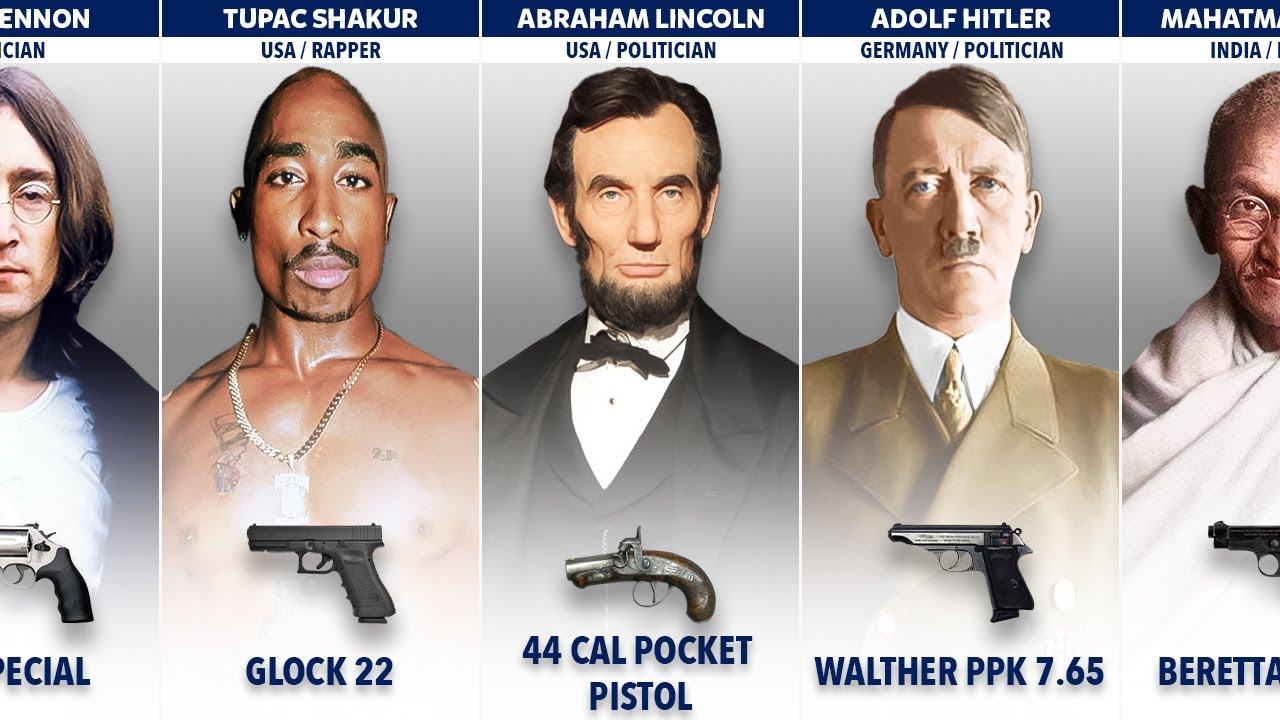Throughout history, firearms have played a grim role in some of the world’s most shocking and tragic events—the assassinations of influential figures whose deaths altered the course of nations. These moments, often marked by a single shot, have become etched into the collective memory, not only because of who was 𝓀𝒾𝓁𝓁ed, but also by the weapons used to end their lives.

One of the most infamous examples is the assassination of President John F. Kennedy in 1963. He was 𝓀𝒾𝓁𝓁ed by a 6.5mm Carcano rifle, fired from the Texas School Book Depository in Dallas. The weapon, a relatively obscure Italian military rifle, became globally recognized overnight. The moment was caught on camera, sparking endless analysis and conspiracy theories that still persist today.
Mahatma Gandhi, a symbol of peace and nonviolence, was shot in 1948 by a Beretta 1934 pistol in .380 ACP caliber. His death at the hands of a nationalist extremist shocked India and the world. Similarly, Martin Luther King Jr. was assassinated in 1968 with a Remington Model 760 Gamemaster, a hunting rifle that delivered a fatal shot while King stood on a motel balcony in Memphis.
In pop culture, John Lennon, the legendary member of The Beatles, was murdered in 1980 outside his New York apartment by a deranged fan using a .38 caliber Charter Arms Undercover revolver. The weapon, inexpensive and compact, was devastating in the wrong hands and symbolized how even the most beloved public figures are vulnerable to senseless violence.
Each of these weapons—often ordinary and accessible—became tied to extraordinary tragedies. While the guns themselves are just machines, they take on chilling significance because of their role in ending lives that shaped history. These moments serve as stark reminders of how fragile peace and greatness can be when faced with hate and a trigger.
